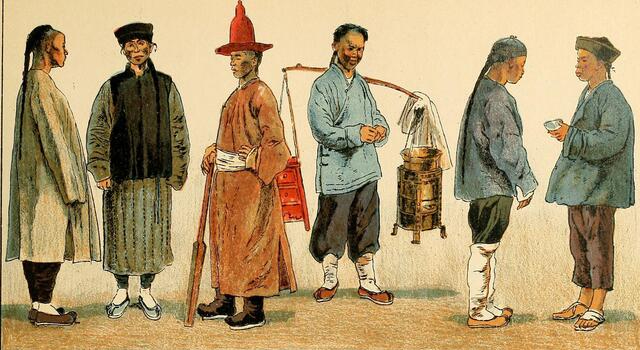Wearing a basic ponytail is still a simple job for every woman. It involves pulling hair back on the head and tying it tightly with a hair tie. It can be worn high on the head or low at the nape of the neck. However, the ponytail has come a long way and has changed a lot.
Ponytail has a long history, from being childish and a signature hairstyle for particular groups to the craziest modern trends. You ought to know the history if you are a true ponytail lover.
Timeline Of A Ponytail

As we mentioned, the ponytail hairstyle has changed a lot throughout the decades. Although the name ponytail is relatively new, it has been a staple hairstyle for women since ancient times. If we look back into the history of a ponytail, it began thousands of years ago with only a few ways to style it.
Related Blog: Ponytail Damage Tips: How To Prevent Ponytail Damage?
The Beginning Of A Ponytail

Although the exact date of where the ponytail began is unknown, it is represented in Greek and Roman art dating back to 1600 B.C.E.
During the seventeenth century, it has been a popular hairstyle for both men and women. The Manchu men of Northeast China wore ponytails as a signature style. Some of them wore long ponytails braided.
During the eighteenth century, European military men wore small ponytails at the nape of the neck. At that time, ponytails were considered childish and very uncommon for women.
The Classic High Ponytail

The name “ponytail” became very popular in the 1960s after Barbie, and girly-girl fashion put the hairstyle in the spotlight. Back then, women wore high ponytails all over the world. After that is when the ponytail became a big-time hairstyle for women.
The ultra-high pony became popularized by actress Jeannie, pop star Madonna, and many more. Since then, ladies worldwide have begun wearing high ponytails for both formal and everyday informal occasions.
Related Blog: Do’s and Don’ts of Ponytail Hair Extensions
Modern Ponytail Hairstyles

Ponytails can now be seen on the red carpet, gym, weddings, or everywhere. These days, ponytails are fashioned in such a way that they have the right look for every occasion. Celebrities wear their hair in long, luscious ponytails, while busy ladies toss their hair up in messy ponytails to keep the hair out of their faces while still looking charming.
There is a wide range of modern ponytails for you to choose from: sassy to sporty, effortless to sophisticated, short to long, straight to curly, and many more.
The Latest Ponytail Trend

Modern ponytail hairstyles and the latest trends keep bugging our minds to at least try it once. However, it is not a simple thing to do! You may find a social media influencer doing it with ease, but it doesn’t seem to go right when you try it. The hair may seem too thin, short or your hair may start going haywire after a while, even if you are initially successful. Thus, celebrities and many hair influencers depend on the latest ponytail trend.
What is the latest trend? It is neither a hack nor a magical solution; women use “ponytail extensions.” All celebrities don’t have the luxury of long and healthy natural hair even if they invest half their net worth in hair. Most of them use simple Hair extensions to pull off amazing red carpet looks.
Ponytail extensions are the ultimate solution for any of the coolest ponytail hairstyles we encounter these days. Be it Ariana Grande’s extra-long or Nicki Minaj’s super thick ponytail, it is all because of simple ponytail extensions.
Conclusion
Ponytails have a long history, from being a trademark haircut for specific groups to the craziest modern styles to the ultimate trend. Even having a simple ponytail extension sets trends these days. Although the ponytail was not that popular in the past centuries, it has become a staple and hard-to-ignore hairstyle.
